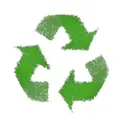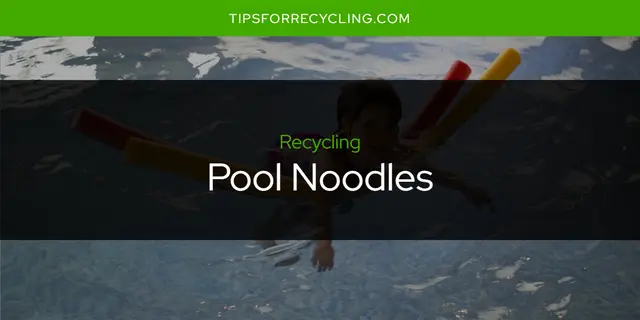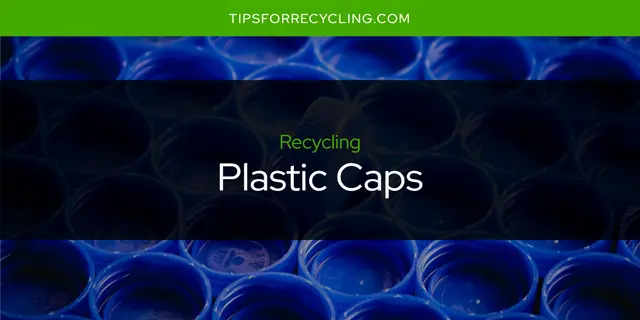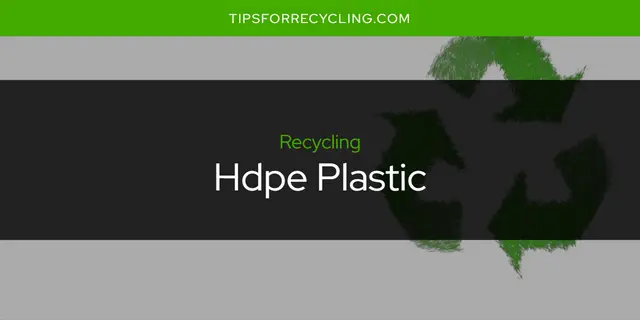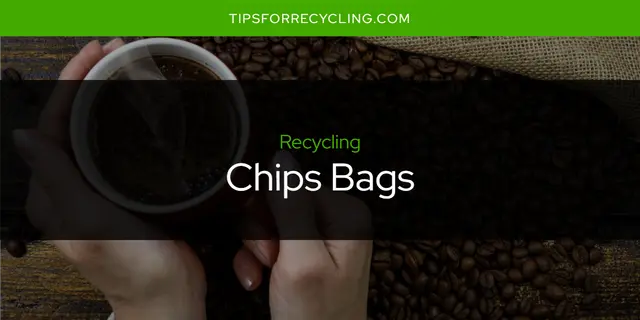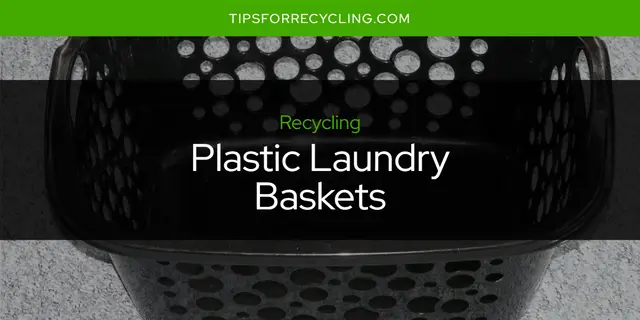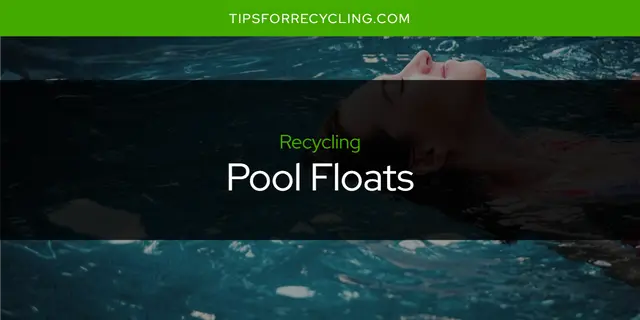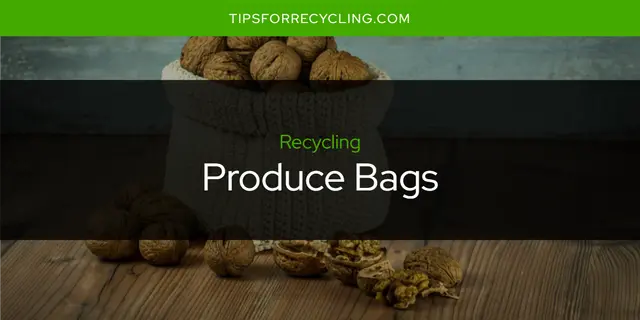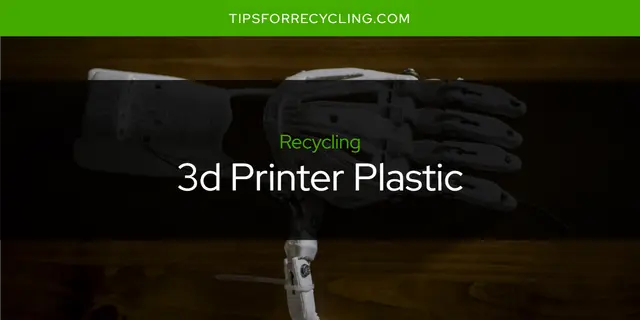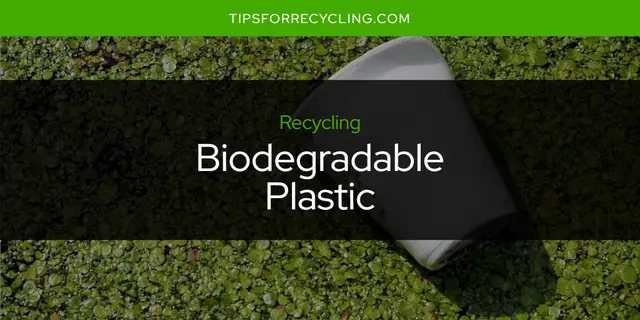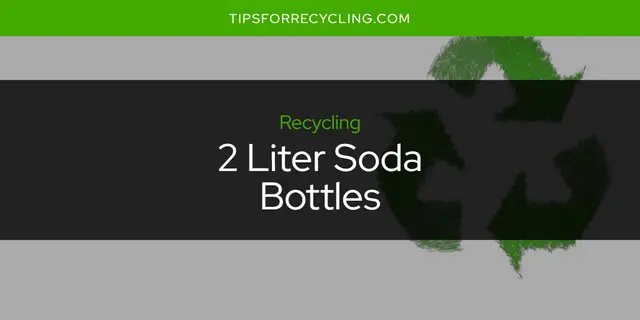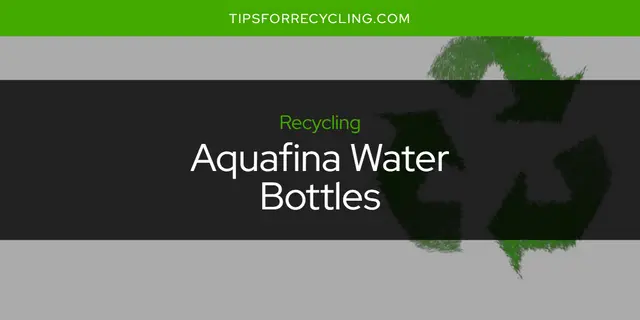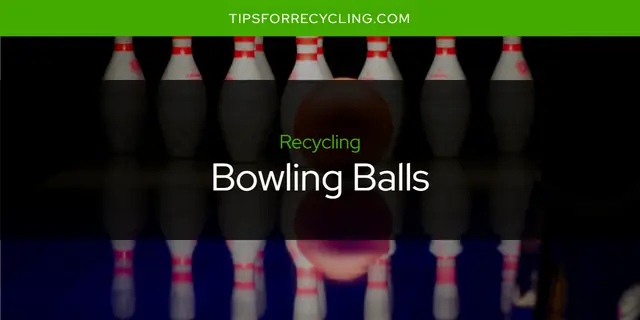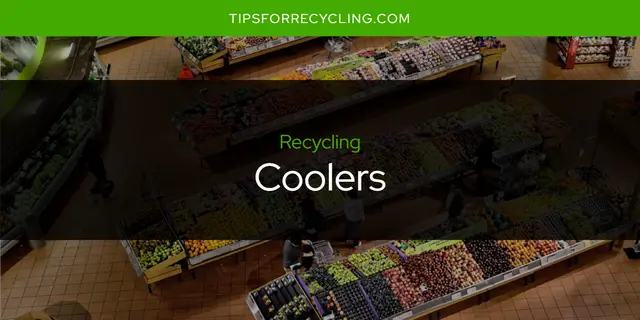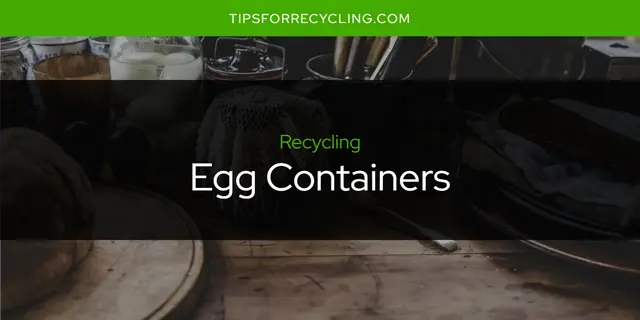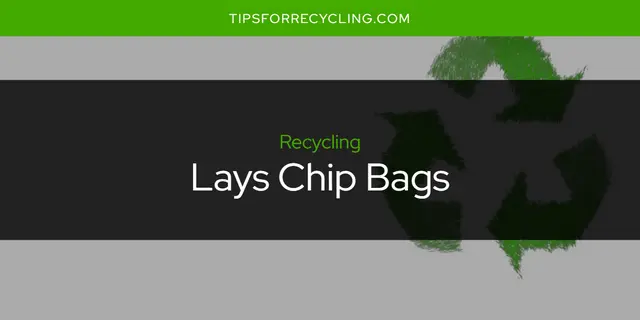Plastics recycling is the process of recovering discarded plastic material and reprocessing it into usable products. It is an important part of waste management, as it reduces the amount of plastics that end up in landfills and oceans. Plastics recycling has seen a great deal of growth in recent years due to increased awareness and technological advancement.
What is Plastics Recycling?
Plastics recycling involves four main steps:
-
Collection: collecting discarded plastics from residential, commercial, and industrial sources.
-
Sorting: separating different types of plastic according to their properties.
-
Processing: shredding or granulating the separated plastic materials into smaller particles which are then melted down for easier manipulation or extrusion into new items.
-
Manufacturing: transforming recycled plastic materials into usable products such as bottles and containers
Overview of the Current State and Importance of Plastics Recycling
Currently, only 9% of all plastic ever produced has been recycled worldwide. This number is expected to increase significantly over the next decade due to greater public awareness regarding the environmental impacts associated with non-recycled plastics.
The increased availability of advanced technologies that reduce costs associated with processing also play a large role in this growth, as do government regulations incentivizing companies to recycle more often. Even with increased efforts in this area, it is uncertain if we will ever get full control over plastic pollution.
Historical Background of Plastics Recycling
The first recorded instance of plastic being recycled dates back to 1856 when Alexander Parkes patented a method for reclaiming cellulose nitrate from photographic film rolls which was then used for making furniture polish and lacquers. However, it wasn’t until much later in 1977 when the first commercial scale operation for reclaiming polyethylene terephthalate (PET) was established that real progress was seen in developing efficient processes for plastic recovery operations on a larger scale.
Major factors that encouraged growth in plastics recycling
In recent years, several key factors have encouraged greater levels of participation in recyclable plastic projects by both governments and businesses alike. These advancements include:
- Decreasing cost per unit weight
- Improved technology allowing for easier sorting
- Environmental incentives provided by governments
- Better availability
Major obstacles to increased plastic recycling
Despite these advancements however, there still remain several major issues preventing greater adoption rates among consumers and companies alike. Various issues like:
- Difficulties related to transporting large quantities over long distances
- Inadequate labeling resulting in confused consumers
- Presence of contaminants like food residue making them unsuitable for use after being reclaimed
Types of Plastics Recycled
There are currently seven commonly accepted types used for reprocessing into usable products:
- Polyethylene terephthalate (PET)
- High density polyethylene (HDPE)
- Polyvinyl chloride (PVC)
- Low density polyethylene (LDPE)
- Polypropylene (PP)
- Polystyrene (PS)
- And 'Others'
These include everyday items such as packing foam, toothpaste tubes, plastic deodorant containers, pool noodles, cat litter boxes, easter eggs, vinyl flooring, dunkin cups, plastic caps, cat litter containers, hdpe plastic, polyvinyl chloride, saran wrap, chips bags, plastic laundry baskets, pool floats, produce bags, 3d printer filament, 3d printer plastic, and plastic bottles.
Effects on the Environment from Each Type of Plastic
Recycling plastics helps reduce the need for landfills, which have a negative effect on our environment. Here are some of the ways in which recycling plastic can reduce environmental harm for each type:
- PET: Reduces reliance on fossil fuels as it takes less energy to create plastic from recycled materials than from raw materials.
- HDPE: Prevents methane release from landfills and reduces pollution generated during production.
- LDPE: Can help keep toxic materials out of the environment since they can’t be broken down by natural processes.
- PVC: Reduces air pollution when burned after being recycled.
- PS: Reduces waste sent to landfills and conserves resources used in production.
Cost efficiency associated with different types of plastic recycling
It is generally more cost effective to use recycled plastic than to produce new or virgin material. Here is how different types of plastics compare in terms of cost efficiency when it comes to recycling:
- PET: Generally very cost effective because it is easily recycled and has high market demand for its use in packaging materials, insulation, and textiles.
- HDPE: Cost efficient because it is easy to recycle, durable, and has many uses such as water pipes, agricultural piping, compost bins, etc.
- LDPE: Generally more expensive than other types due to its complex chemical composition that makes processing difficult.
- PVC: More costly than other types due to its low value compared to other plastics as well as its hazardous properties that require extra safety precaution during processing.
- PS: Usually expensive due to its lighter weight making collection difficult, however their high strength makes them attractive for use in automobile parts and furniture so their prices remain fairly stable even when collected post consumer.
Benefits and Disadvantages of Plastics Recycling
Plastics recycling has numerous environmental benefits, but can also have some drawbacks.
Positive Benefits to the Environment
- Cutting down on waste: We already generate too much garbage and plastic waste, so reusing them reduces what ends up in landfills or oceans.
- Reducing energy use: Producing recycled plastic requires significantly less energy than making virgin plastic from scratch.
- Creating jobs: Not only does this provide employment opportunities, it also increases our economic stability.
- Decreasing reliance on finite resources: By using recycled materials, we don’t have to rely as heavily on petroleum products which are running out quickly.
- Conserving water and natural habitats: Many of these activities require large amounts of water - something that’s becoming increasingly scarce - as well as destruction of land habitats that can be avoided by using plastic that’s already been used once before.
Negative Implications of Poor Plastics Recycling Operations
- Pollution: If plastic is not disposed of properly or burned through inefficient incineration methods, pollutants can be released into the air and contaminate local water supplies.
- Poor working conditions: Employees may work long hours for low pay in dangerous conditions such as dealing with hazardous chemicals or being exposed to high temperatures for extended periods of time without proper protection or ventilation systems in place.
- Contaminating food sources: Plastic debris may end up in rivers, lakes and oceans where it could then be consumed by fish, who mistake it for food. This can lead to bioaccumulation of toxins within their bodies which then make their way up the food chain when they are consumed by humans or other species higher up on the chain.
Overall, while there are certainly positive benefits associated with plastics recycling programs like reducing waste and conserving our limited resources, there are also potential negative implications when poorly managed or unregulated operations come into play such as pollution, poor working conditions and contaminating food sources. Therefore it’s important for individuals and businesses alike to consider these risks when deciding how best to manage their own recycling efforts!
Plastics Recycling: Challenges and Opportunities
Recycling of plastics has become a hot topic in recent years as awareness of the environmental impacts associated with plastic waste grows. As efforts to reduce plastic pollution increase, so too do the challenges related to recovering and repurposing disposable plastics. In this article, we will discuss some of the common obstacles faced by countries attempting to launch new recycling initiatives and examine some of the potential solutions that could help make these programs more successful.
Challenges Related to Plastics Recovery Programs
When it comes to plastic recovery programs, there are several issues that need to be addressed in order for them to be successful. These include:
- Changes needed in government regulations related to materials used in production and how these items are disposed.
- Rising costs associated with developing effective new technologies for improving existing recovery systems.
- Social/cultural barriers preventing greater participation in existing commercial/residential programs.
- Inadequate resources available for proper enforcement/monitoring by regulatory agencies.
Government Regulations
Government regulations play an important role in determining which types of materials are used for packaging products and how they can be disposed of once their useful life is over. Without adequate regulation, many companies may continue to use less eco-friendly materials or fail to implement proper disposal methods, leading to more plastic waste being created than can be recycled efficiently.
Additionally, if governments do not provide incentives or subsidies to encourage companies to invest in greener packaging solutions, then it may be difficult for recyclers to stay competitive financially while still providing valuable services.
Rising Costs
The cost associated with developing new technologies capable of improving existing system is also a major issue facing recyclers today. The cost involved in research and development can often outweigh any potential financial returns that improved recovery systems would generate; thus making it difficult for those involved in the industry to remain profitable long term without adequate support from external sources such as government funding or private investments.
Social and Cultural Barriers
Lastly, social and cultural barriers such as inadequate public education about recycling programs or limited access due socio economic factors can also prevent successful implementation of these initiatives even when other factors are favorable enough for them to succeed.
Potential Solutions
Fortunately, there are several measures that governments can take in order improve the effectiveness of plastics recovery programs both domestically and abroad such as:
-
Strengthening existing regulations related materials used in production as well as disposal practices employed by businesses and consumers alike;
-
Offering financial incentives or subsidies for companies investing in research and development of improved recovery systems;
-
Investing resources into public education campaigns aimed at raising awareness about the importance of recycling;
-
Increasing access through reducing socio economic disparities among communities by providing assistance with infrastructure costs associated with expanding coverage areas;
-
Improving oversight measures taken by government agencies responsible for monitoring compliance among participants within individual programs.
By addressing each one of these issues proactively governments can help create a more robust recycling infrastructure capable of keeping pace with growing demand. All the while helping reduce pressure on natural resources needed to produce disposable plastics on an ongoing basis.
